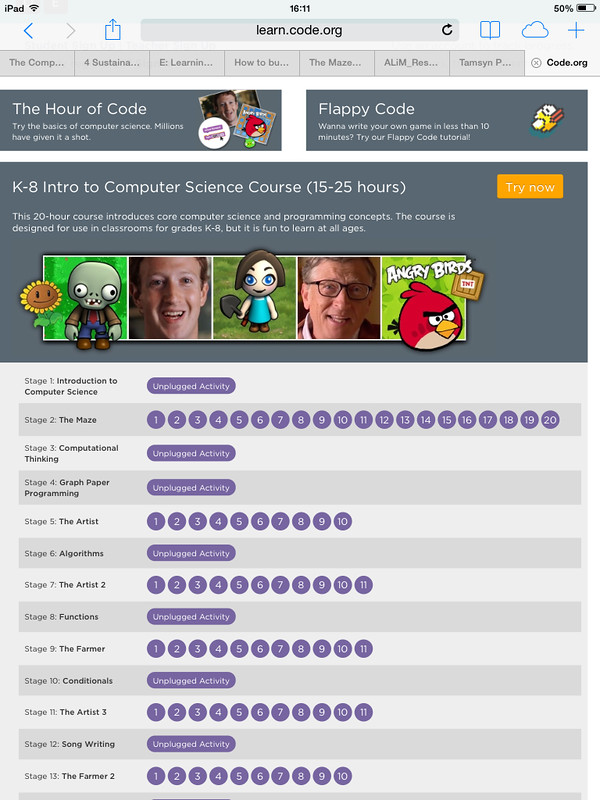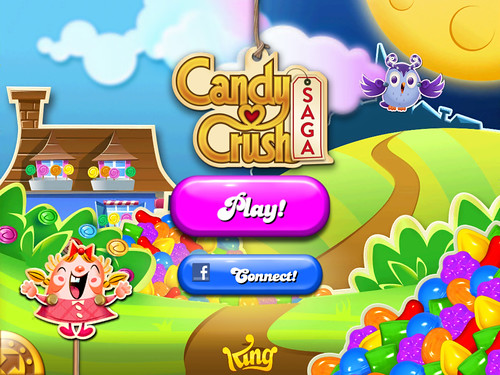We started off the lesson (as recommended) discussing robots and how we communicate with them which led nicely on to introducing the My Robotic Friends activity. We briefly went over our goal (to stack cups a certain way) and showed the children the code we would be using. We then modelled the activity. My colleague left the room and the children and I co-constructed the code needed to make a simple stack of cups on the IWB, a child doing the recording. My colleague then came in and attempted to follow the code. It soon became clear that coders would need to write clearly!
Once we successfully completed that task, we split the children into groups of three. The "robots" (one per group, pre-chosen to save time) went into the other classroom for "training", while the "coders" stayed with me. Both the coders and robots had a set of cups to help them with their task. The coders were given one of five different cup stacks to make.
Once they had written their code, they sent for their robot who had to recreate the stack only using the code. Some groups found that they needed to send their robot away so they could adjust their code. Once successful, a new robot was chosen and the coders were given a different stack to make.
 In our reflection at the end of the lesson, the children noted how important it was that the coders knew what each instruction meant, what order it needed to go in and (again) that the code was clearly written! It was a fantastic learning experience with the children thoroughly engaged and the key competencies of using language, symbols and text, thinking, managing self, and relating to others being exercised.
In our reflection at the end of the lesson, the children noted how important it was that the coders knew what each instruction meant, what order it needed to go in and (again) that the code was clearly written! It was a fantastic learning experience with the children thoroughly engaged and the key competencies of using language, symbols and text, thinking, managing self, and relating to others being exercised.* The 'Hour of Code' is a nationwide [hmm- perhaps should be world-wide!] initiative by Computer Science Education Week[csedweek.org] and Code.org [code.org] to introduce millions of students to one hour of computer science and computer programming.























